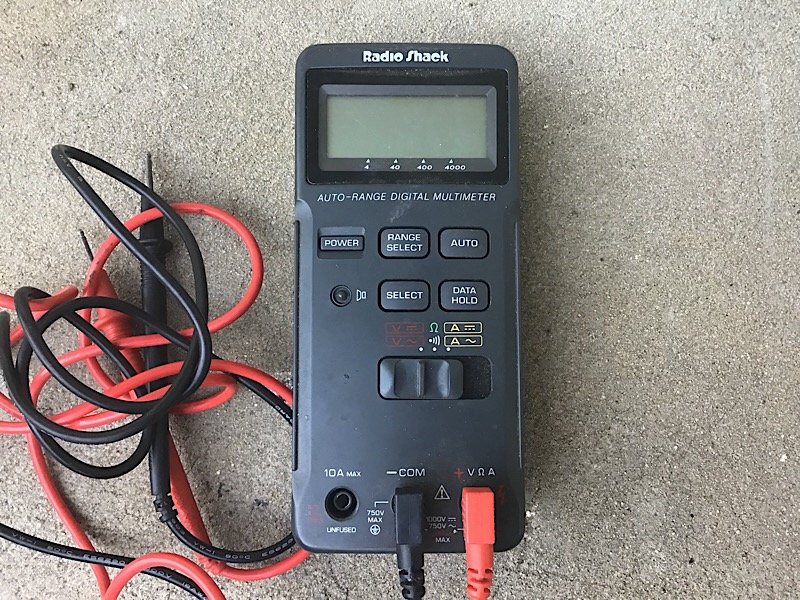Gem in I said:
Well yes moee if it doesn,t have a practical use with solar panels other than just being able to be charged it can go to simms metal with the truck. My only knowledge with recharging sdc batteries/zed/lights/uhf and soon hand held gps has been with a deep cycle battery which I know is safe recharging for these items but I know the ccb has a higher out put initially so was wondering if this would I suppose blow crap up if without a fuse /breaker.
Sorry about the layman terms but would really appreciate a laymans response with no disrespect intended.

Hey no worries Bud!! I just hope that my info is up to ConDor's standards!!! He is a pretty thorough bugger!!!
OK, you typed, whilst I was doin' my bit.
The batteries dont 'put out' more than each other... They are 12volt. Thats it.
The high CCA crank battery, as I mentioned, you can weld with....big amps quickly. (to be frank, you could do that with a deep cycle battery, but you would need to go buy a new one fairly soon...)
A fuse, or breaker, will not stop any higher voltage going to what ever is connected to it.....
A fuse, or breaker, could stop a fire in the vehicle, if installed correctly, and something goes wrong with the connected device.
I think where your info is coming from is that a crank battery, is charged by an alternator, which has a fairly rudimentary regulator....
It is the regulator that stops the over voltage that I think you are getting at, that can kill older electronics...
These days, cars run lots of electronics, some, have their own regulators, so the power coming in, doesn't really matter. They can handle it!
Your chargers, I bet are SWP or switch mode power supply charged, and voltage differances wont matter.
Grab a fairly new 240 v device at home, look at the compliance lable underneath... it prolly says it can take an input voltage of 90-250 vac!!!
Thats switch mode power supplies for ya!




